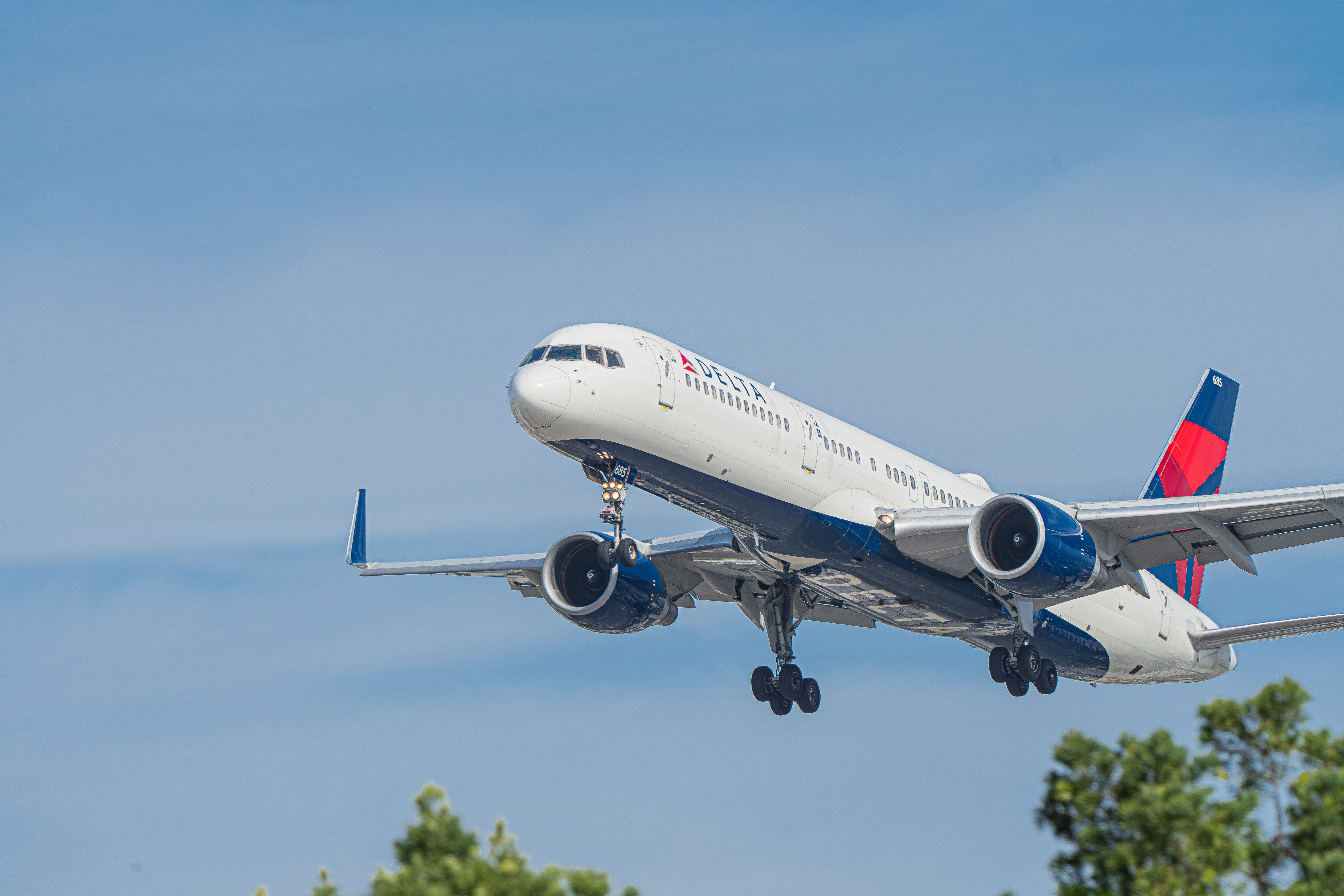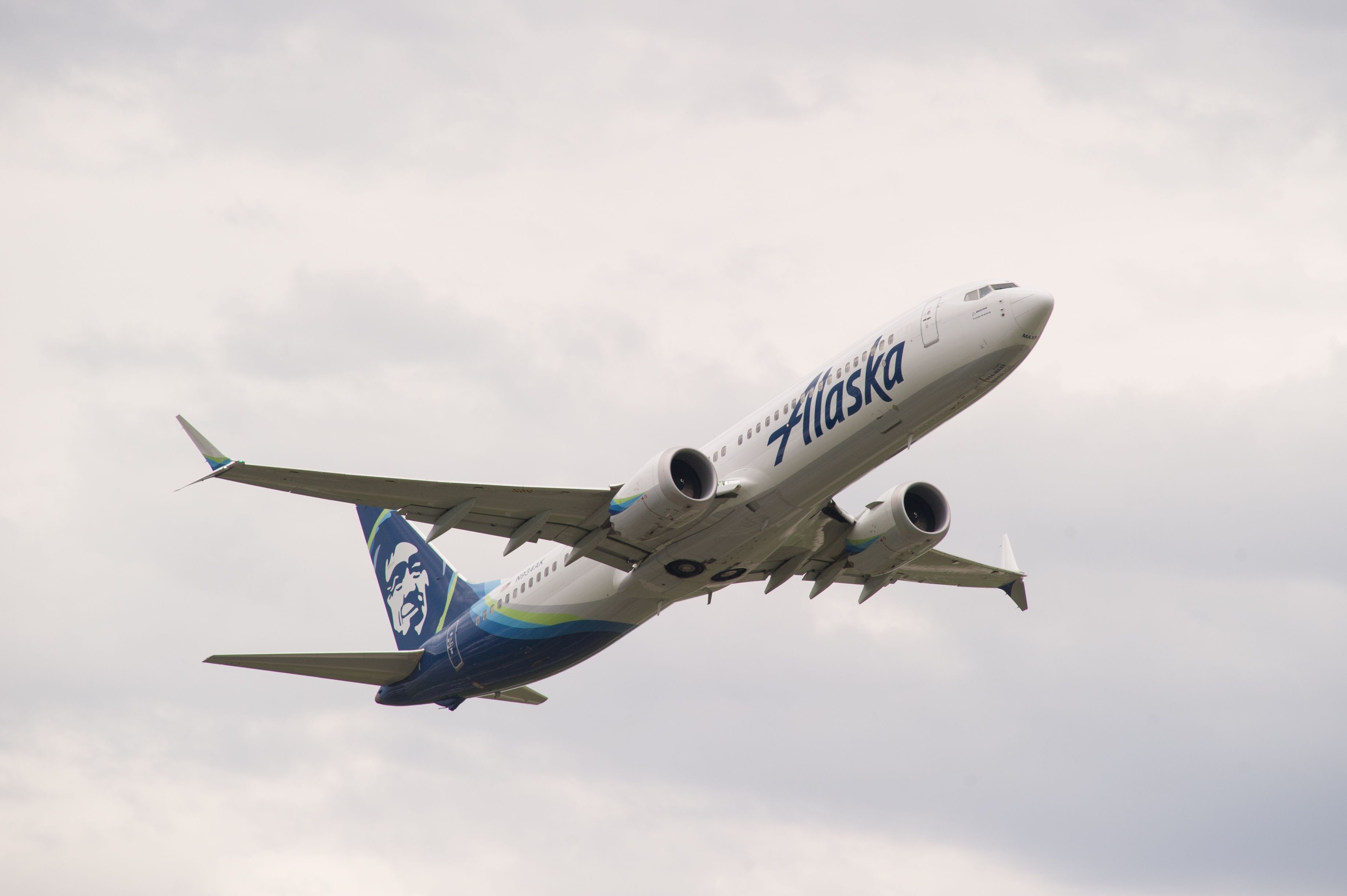Summary Boeing built 1,050 Boeing 757s, with over 500 still flying today. Air Force operates the "Air Force Two" VIP transport C-32A model. The Boeing 757 is popular for transatlantic routes due to its range and cruising speed.
First introduced in 1983, the Boeing 757 remains a popular workhorse in several airlines and is noted for its versatility. It is a narrowbody jetliner intended for short—to medium-range flights and has been employed on both short-haul and transcontinental routes. There are many reasons why the Boeing 757 remains such a popular aircraft .
Here are five fast facts about the famous twin jet. 1 A thousand Boeing 757s built Boeing built 1,050 Boeing 757s Dates built: 1983 to 2004 Largest passenger operators: Delta, United Largest cargo operators: FedEx Express, UPS, DHL, SF Airlines The first Boeing 757 was introduced with Eastern Air Lines in 1983, and the final aircraft was delivered in 2004, by which time 1,050 B-757s had been built. Over half remain in service and the bulk are located in the United States.
Delta Air Lines is the largest passenger airline operating the type (with 127 total), followed by United Airlines and Icelandair (Icelandair plans to retire them by 2026). The 757 is a popular freighter aircraft. FedEx is the largest operator of the freight variant (with 107 examples) , and other cargo airlines like UPS and Chinese SF Airlines operate a significant number.
More than 500 Boeing 757s are still actively flying. 2 Air Force Two VIP The .



















